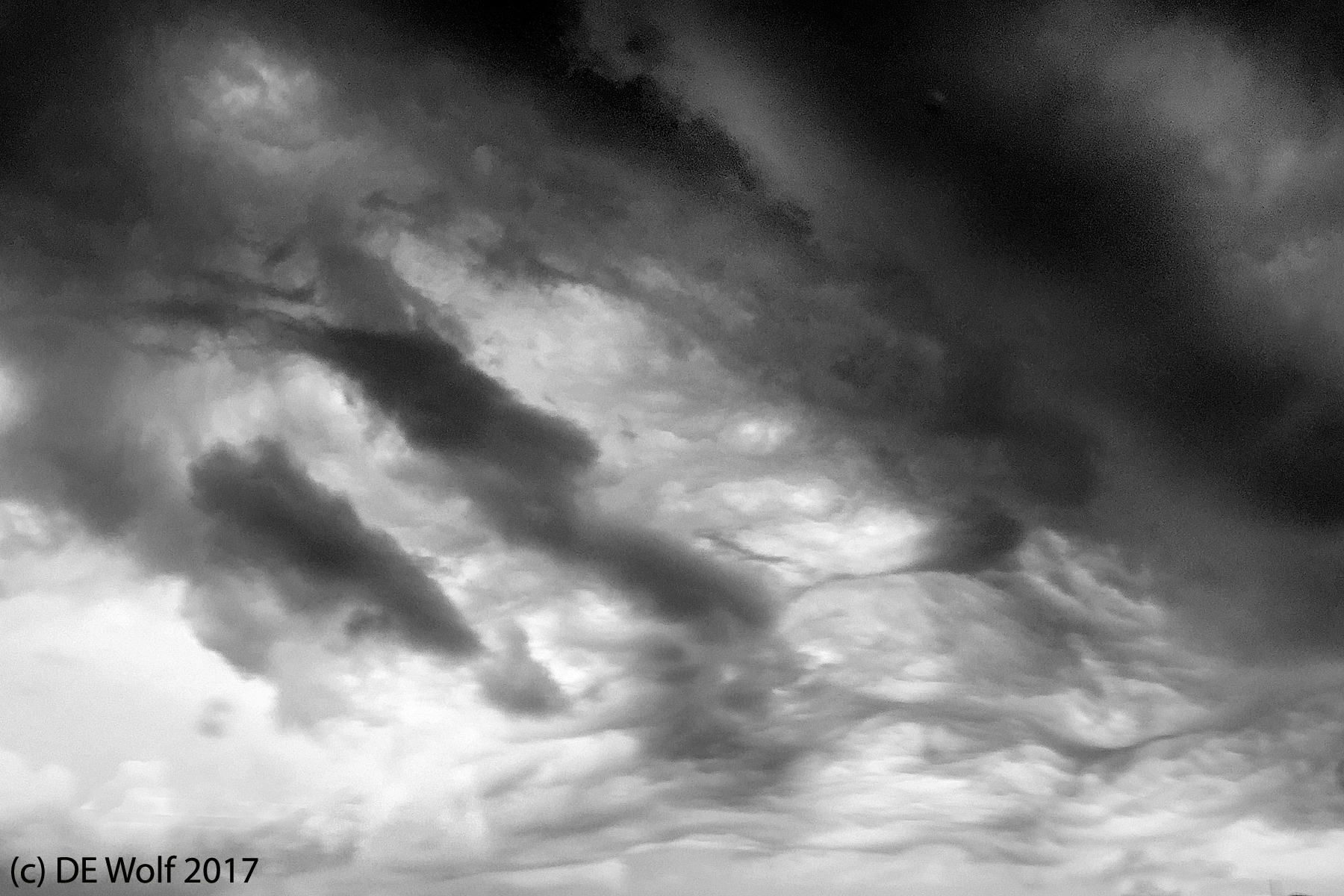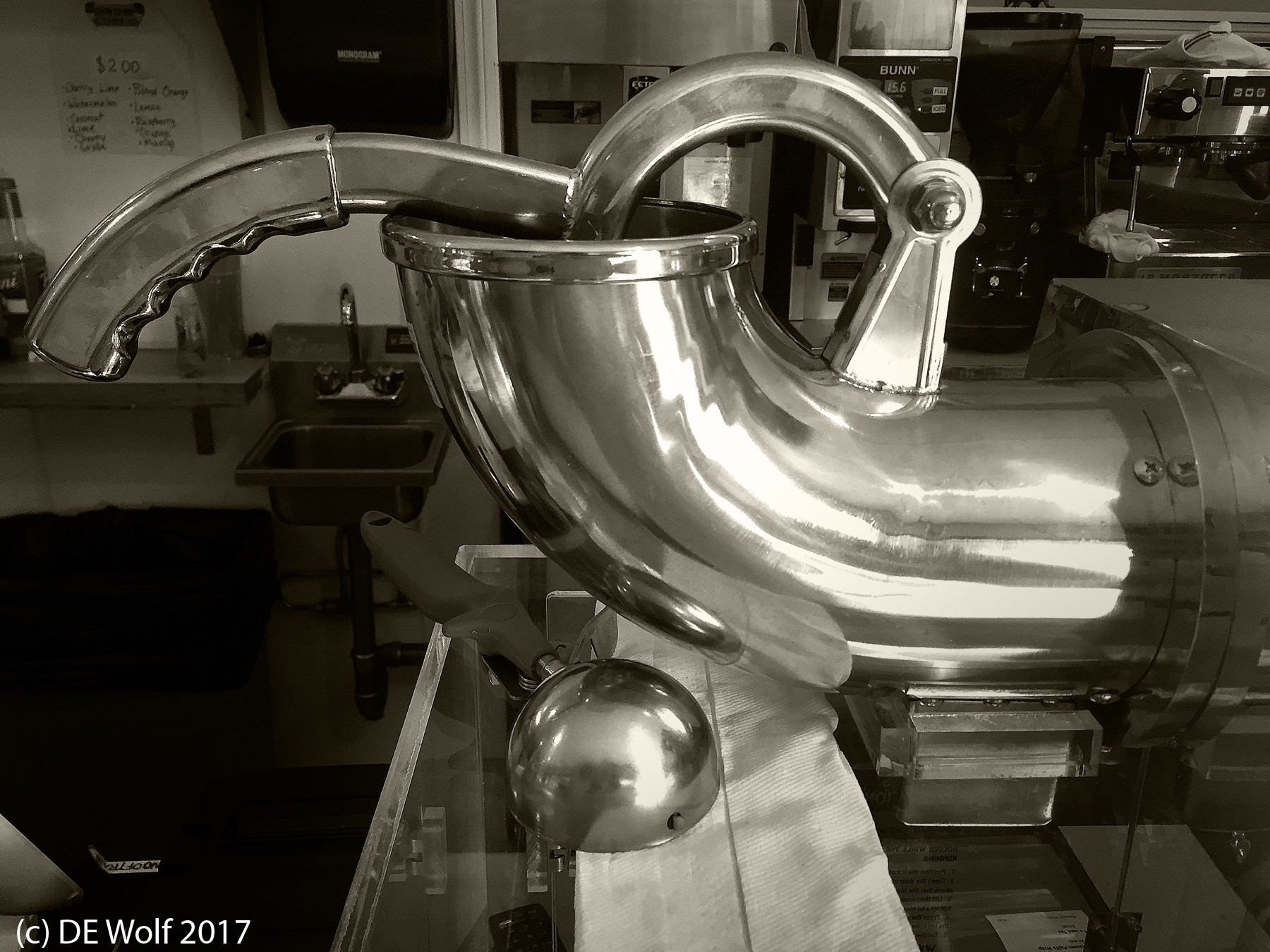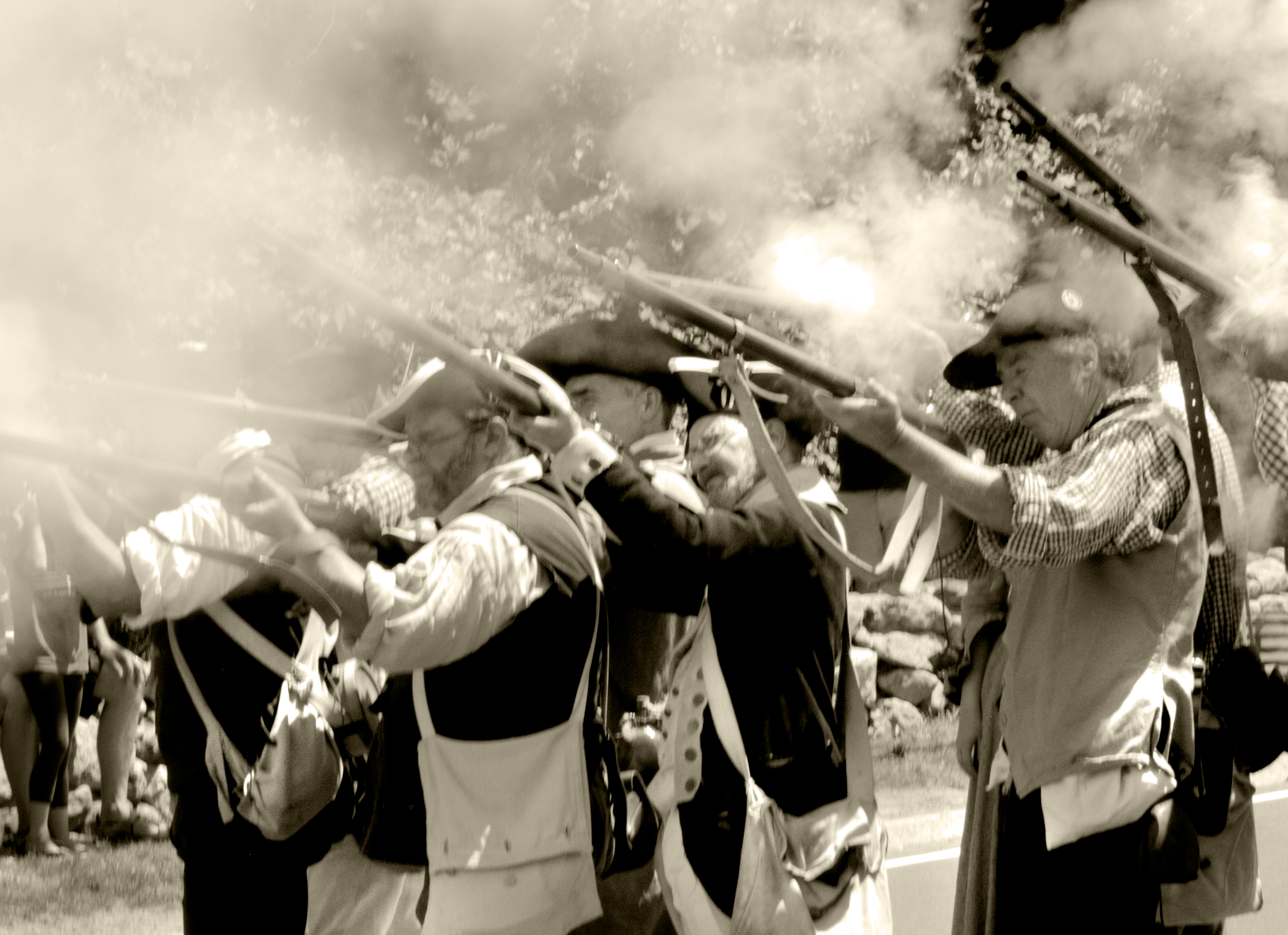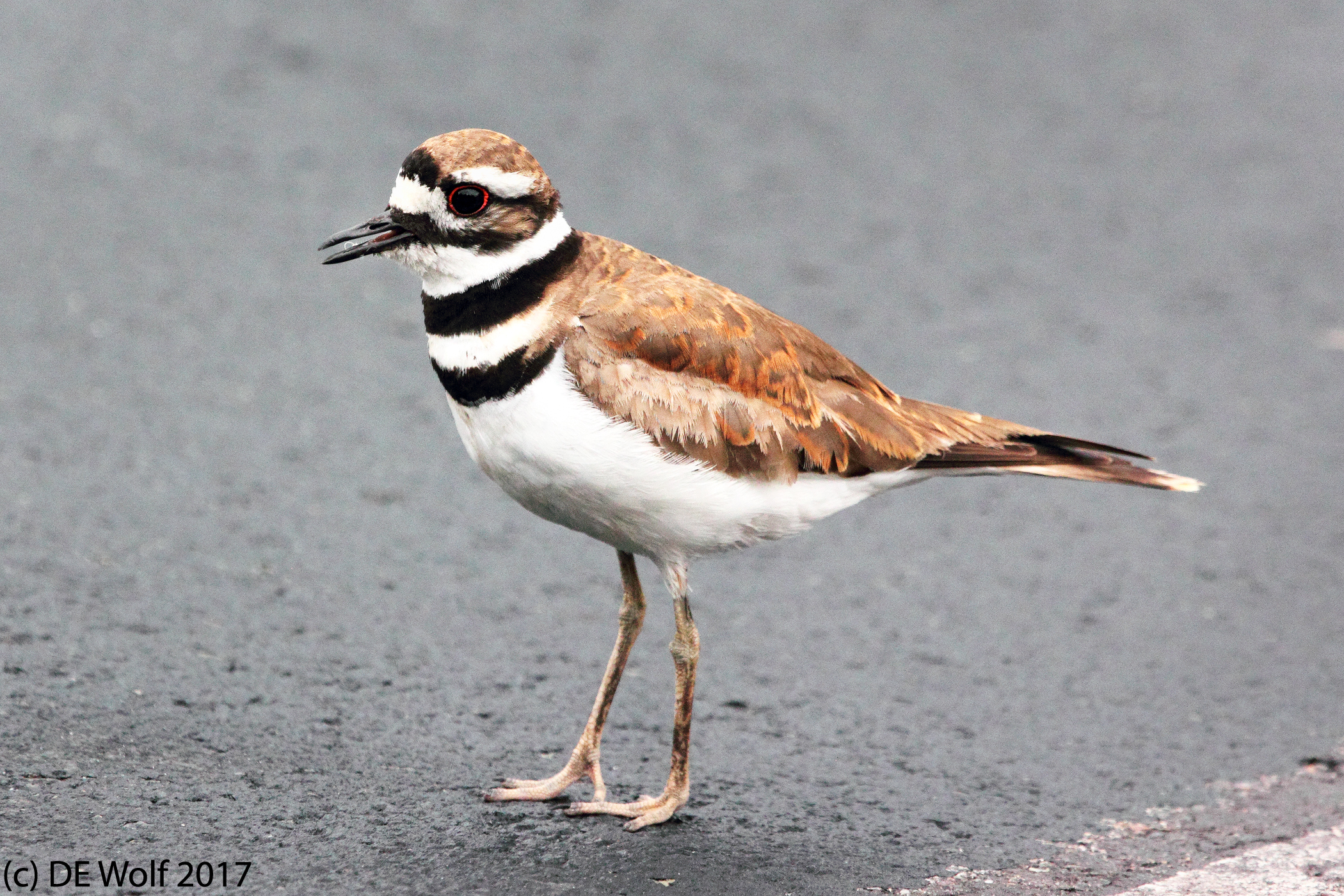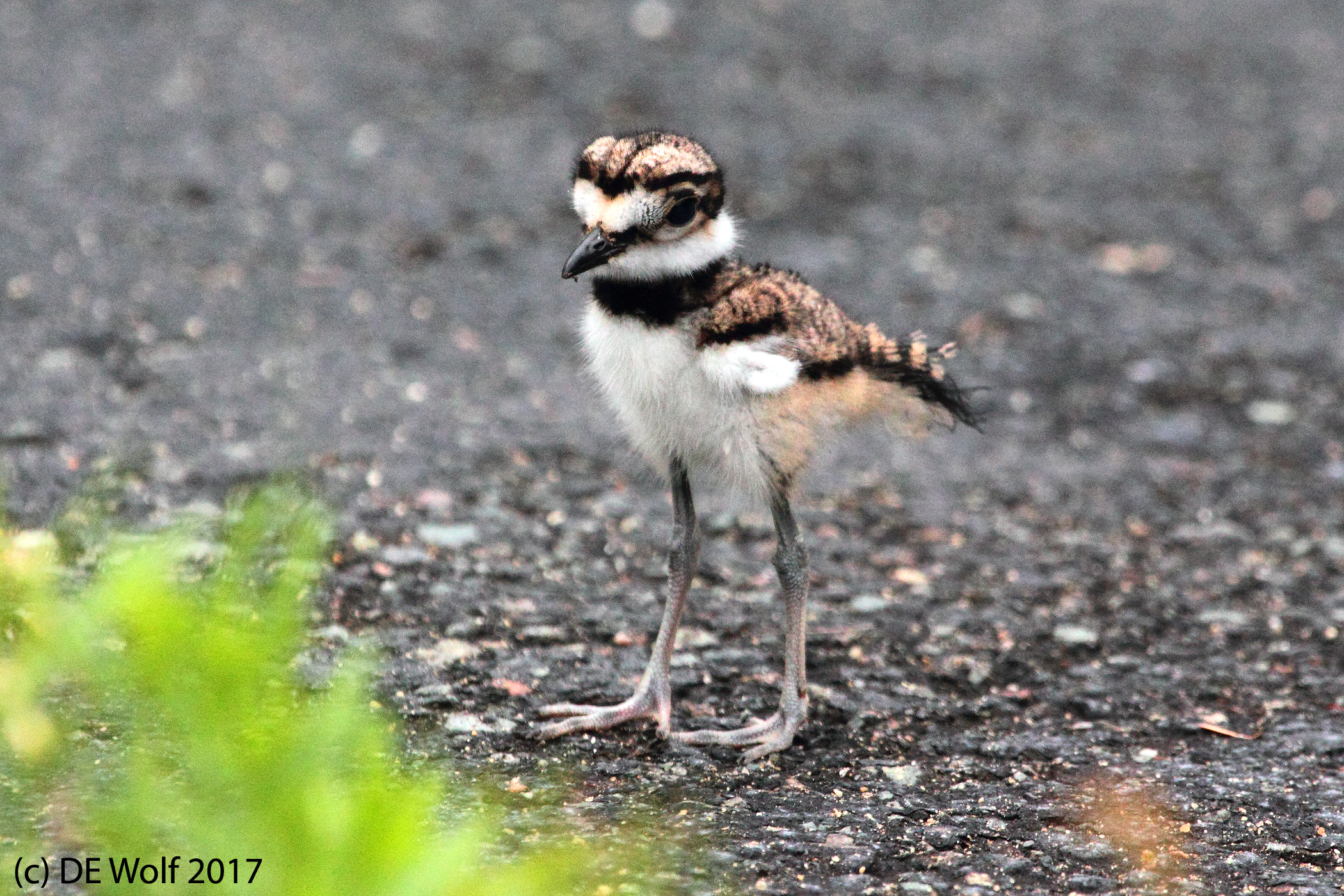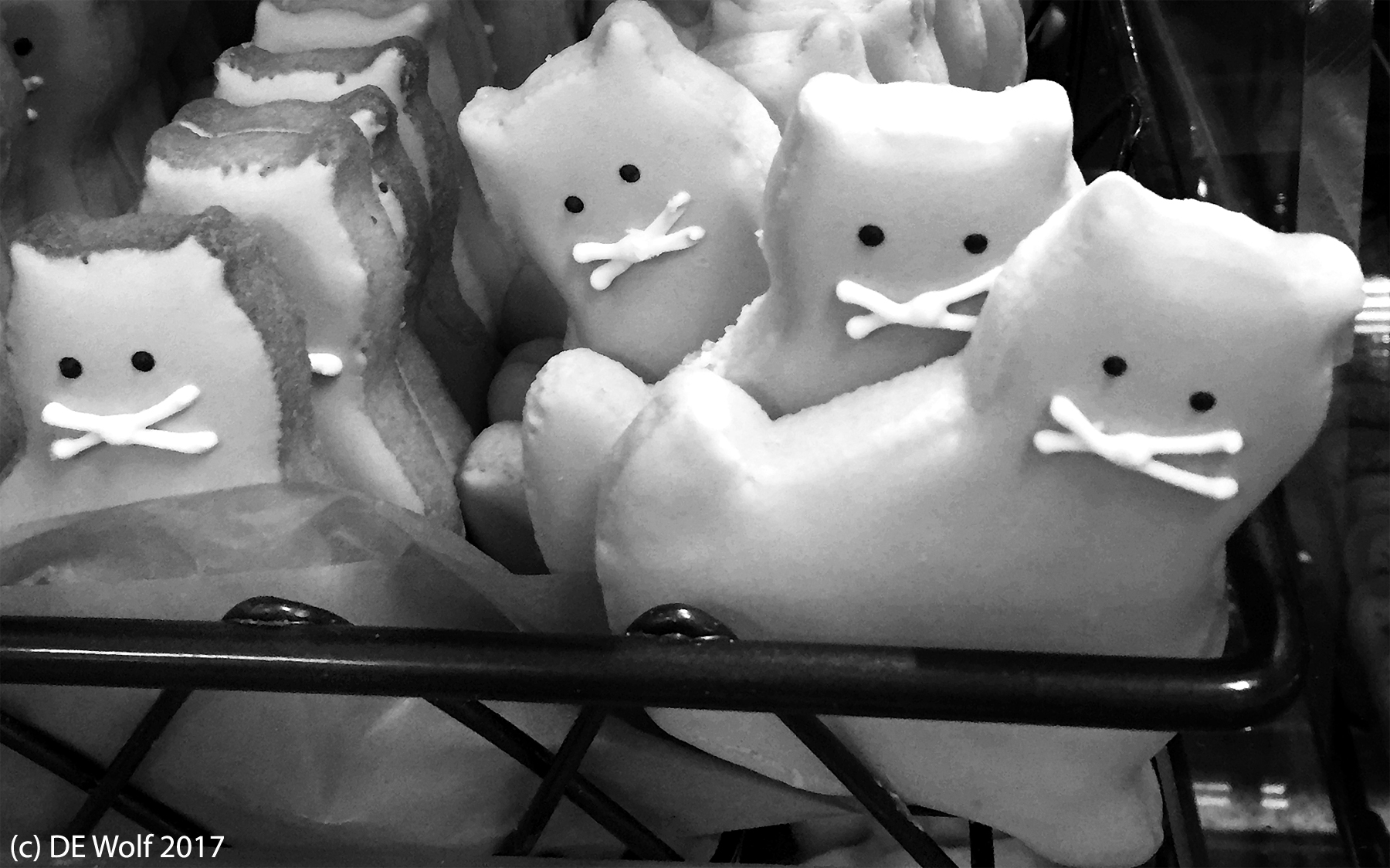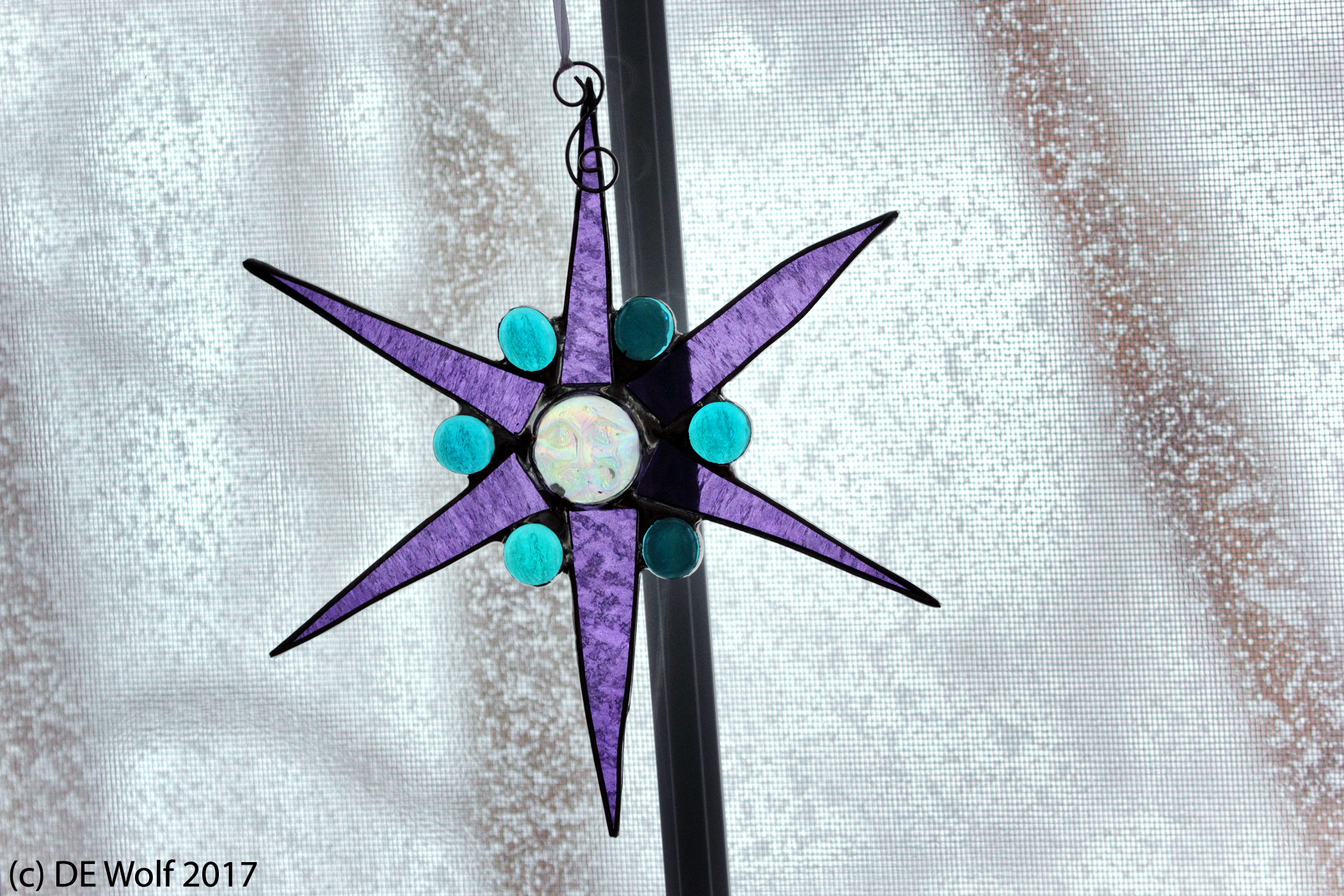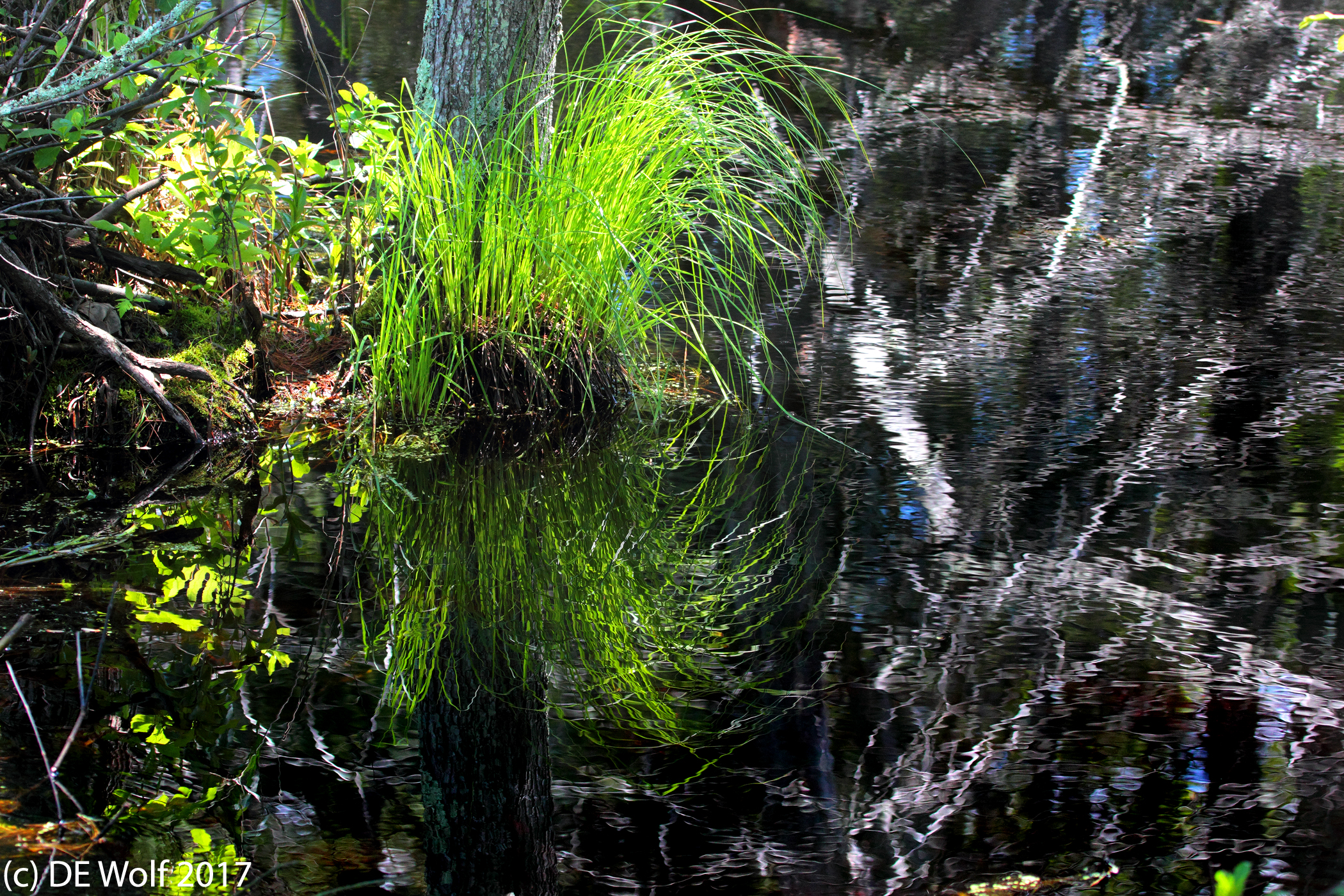
Figure 1 -First attempt at photo-pictorialism. Heard Farma, Wayland, Massachusetts, December 17, 2015. (c) DE Wolf 2015.
Remarkably today is the fifth anniversary of Hati and Skoll. So I would again like to thank all of my readers. I love your comments and appreciate your continued interest. I cherish the interconnection.
I have been preparing for a photography show – more on that later; but part of that process is chosing your favorite images. So in celebration I wanted to indulge myself and share again, as Figure 1, one of the my photographs that I “rediscovered.” It is my Photopictorialism Study Number 1.
I suspect that many of you are into genealogical research. Thinking about family trees, I was struck the other day by a Tweet by political commentator Heidi Przybyla:
“I have been thinking on how Twitter and social media are putting so many on the record for history — and for their descendants.”
We have spoken often in this blog about the across time experience of nineteenth century photography. There are so many nameless people. All we have of them is a moment frozen in silver gelatin. Usually, even if we know their names, there is so little information to be found. Theirs is the silence of anonymity. As people looking for their roots look back at us a century or more hence, they will be searching huge databases. They will find us tagged in digital images and will go from there to search our tweets and posts.
They will know us and know what we thought. They will know how we acted at this moment of national crisis. I am loathe to judge people of a different time. Everything must be taken in context. Yet in the extreme there are absolutes. Lord Kelvin remarked that:
“The true measure of a man is what he would do if he knew he would never be caught.”
The essence of the modern age is that our photographs are tagged and dated, our location imprinted on our images, and our thoughts, both the 140 character kind and the longer ones, are stored forever. Even apathy and indifference are captured. We are all eternally caught.

